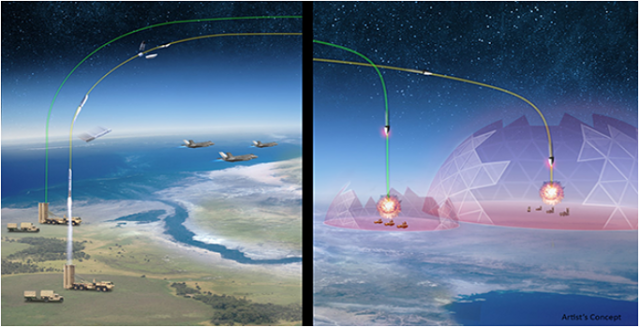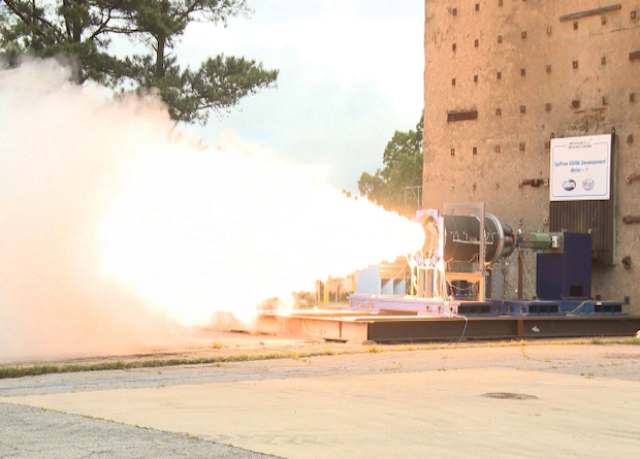The American company Aerojet Rocketdyne conducted static fire tests of a solid-fuel engine for a rocket complex with OpFires hypersonic gliders. The engine can be turned off before all the fuel burns out, which will allow the missiles to reach any targets in the middle radius. As reported by Agency for Advanced Defense Development of the United States, the tests were recognized as successful.
The concept of a hypersonic glider appeared in the United States in the 1990s. It assumes that the unmanned vehicle will be launched from ballistic missiles as a nuclear payload and, after returning to the Earth's atmosphere, plan to the target at hypersonic speed. The development of hypersonic gliders is engaged in Russia, USA, China and France .
The Americans began developing a tactical missile system with OpFires hypersonic gliders in 2019. It will be able to hit targets at a range of up to 1.6 thousand kilometers. Lockheed Martin, Aerojet Rocketdyne, Exquadrum and Sierra Nevada Corporation are participating in the project. Lockheed Martin is creating a tactical missile that is going to be tested by flight this year, and Aerojet Rocketdyne is developing a propulsion system for it.
The Aerojet Rocketdyne solid-fuel engine can be turned off before all the fuel burns out. Thanks to this, the missiles will be able to reach any targets in an average radius and adjust the trajectory on the fly. Last year, Aerojet Rocketdyne already tested a prototype of the propulsion system with cold gas, and in 2019 it tested a smaller copy of it.

Image source: DARPA
Static fire tests of the solid-fuel engine for OpFires were held in May. Their main goal was to demonstrate a technology that allows you to turn off the engine until the fuel is completely burned. The US Defense Advanced Development Agency recognized the tests as successful, and Aerojet Rocketdyne was able to predict the result within one percent of what was observed.
In addition to OpFires, the US Army has other hypersonic projects. Earlier we wrote about their tactical missile PrSM and aeroballistic ARRW .
Vasilisa Chernyavtseva

